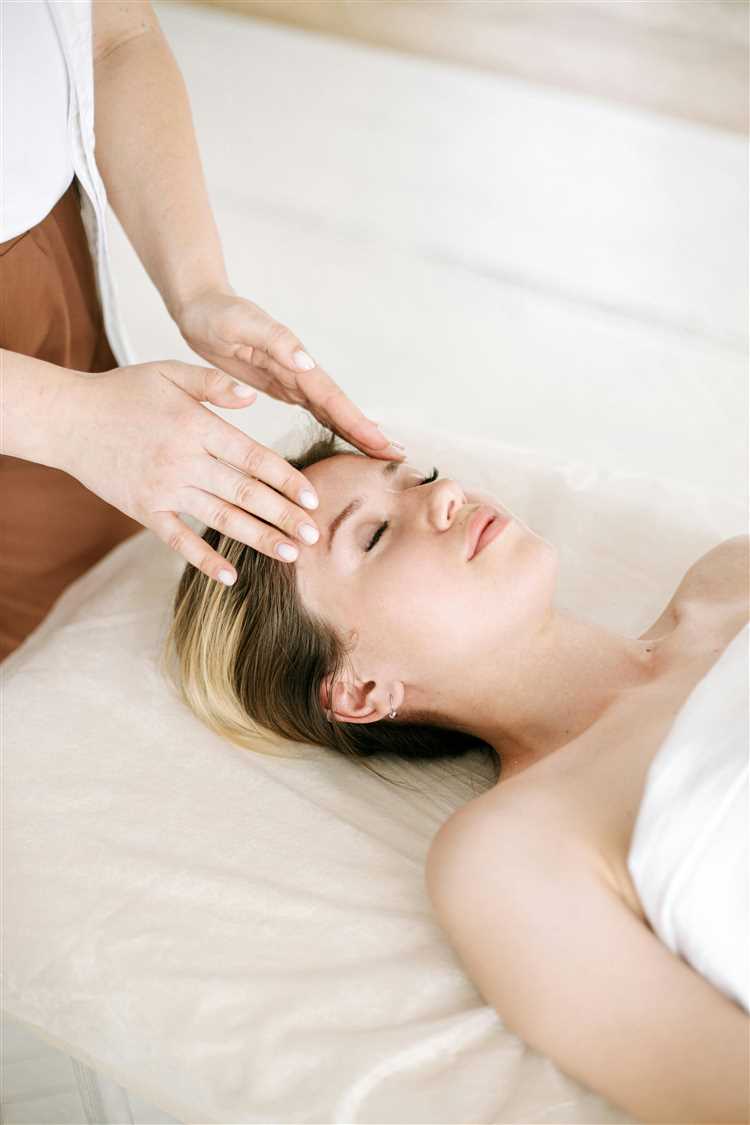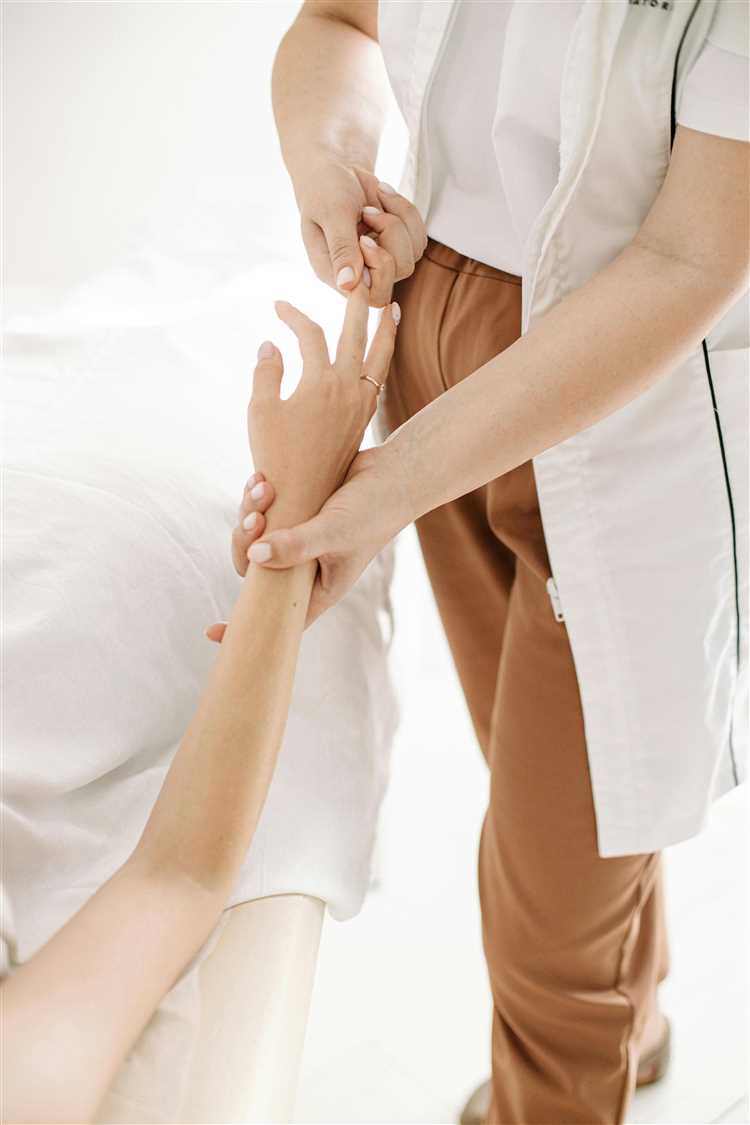
Getting an STD check-up is an important step in maintaining your sexual health, regardless of whether you’re experiencing symptoms or not. Regular testing can help detect infections early, prevent long-term health issues, and reduce the risk of transmission to others. Knowing what to expect during your visit can make the process less stressful and more straightforward.
During an STD check-up, healthcare providers will assess your risk factors, discuss your sexual history, and recommend the appropriate tests based on your individual circumstances. Some tests are quick and non-invasive, while others may require blood or urine samples. In most cases, results can take a few days to come back, but the information gained is invaluable in guiding your health decisions.
It’s important to remember that an STD check-up is a routine health measure, not a judgment. Health professionals are there to provide you with confidential care and help ensure that you stay informed about your sexual health. Being proactive about testing is essential for your well-being and for the health of your partners.
Understanding the process ahead of time can ease any worries you may have and empower you to take charge of your health.
What Is an STD Screening?

An STD screening is a medical test designed to detect sexually transmitted infections (STIs), also known as sexually transmitted diseases (STDs). These screenings are typically part of routine healthcare for individuals who are sexually active, even if they aren’t showing any symptoms. Early detection can help prevent complications and reduce the spread of infections.
There are several types of tests used in an STD screening, depending on the infections being tested for. Common methods include:
- Urine Test: A simple test where a urine sample is collected to check for certain STDs, such as chlamydia and gonorrhea.
- Blood Test: A blood sample is taken to test for HIV, syphilis, and hepatitis B or C.
- Swab Test: A healthcare provider may take a swab from the genital area, mouth, or throat to test for infections like herpes, gonorrhea, or chlamydia.
- Physical Exam: In some cases, a doctor may perform a physical examination to look for visible signs of STDs, such as sores or rashes.
It’s important to know that different STDs require different testing methods. Not all screenings are performed during one visit, and the tests will depend on factors such as your sexual history and any symptoms you might have.
Why Get Screened? Regular screenings are key to maintaining sexual health. Many STDs can be present without noticeable symptoms, so getting tested regularly helps to identify and treat infections before they cause serious health problems.
Some common STDs tested for in screenings include:
- Chlamydia
- Gonorrhea
- HIV
- Syphilis
- Hepatitis B and C
- Herpes Simplex Virus (HSV)
Remember: Regular STD screenings are a responsible way to protect both yourself and your partners, and they play an important role in overall health care.
Why Routine Testing Matters
Routine STD testing is crucial for maintaining both individual and public health. Even if you feel healthy or don’t have noticeable symptoms, you could still be carrying an infection that can affect your well-being and the health of others. Regular screenings help detect STDs early, allowing for timely treatment and reducing the risk of complications.
One of the most important reasons for routine testing is that many STDs do not show symptoms, especially in the early stages. This means you might not realize you have an infection until it causes more serious health problems. For example, untreated chlamydia or gonorrhea can lead to infertility, while undiagnosed HIV can weaken your immune system over time. Early detection helps prevent these long-term consequences.
Routine testing also contributes to the prevention of transmission to others. By getting tested and treated promptly, you not only protect your health but also reduce the likelihood of unknowingly passing an infection to sexual partners. This is especially important in relationships where one or both partners may have multiple sexual contacts.
Another reason routine testing is essential is for your peace of mind. Knowing your status can ease anxiety and help you make informed decisions about your sexual health. Whether you’re in a long-term relationship or have casual encounters, being proactive about testing shows responsibility and care for both your own health and the health of your partners.
In summary, routine STD testing is an essential part of staying healthy and preventing the spread of infections. It helps ensure early treatment, protects you and your partners, and provides peace of mind in your sexual health journey.
Common Exams Conducted for STDs

During an STD check-up, various tests and exams may be conducted to identify infections. The specific exams depend on your sexual history, symptoms, and the type of STD your healthcare provider is testing for. Below are some of the most common exams and procedures performed during an STD screening:
These tests are typically quick and minimally invasive, with results often available within a few days. The healthcare provider may recommend additional exams based on your individual situation or any potential risk factors. It’s important to follow through with all recommended tests to ensure a comprehensive evaluation of your sexual health.
How to Get Ready for a Test

Before your STD test, there are a few important steps to ensure accurate results and a smooth experience. First, avoid urinating for at least one hour before your test, especially if you’re having a urine sample collected. This helps ensure a more concentrated sample. If you’re scheduled for a blood test, be sure to stay hydrated but avoid heavy meals right before the appointment.
In the case of a swab test, it’s advisable to refrain from douching, using vaginal products, or having unprotected sex 24-48 hours prior to the appointment. This helps prevent interference with the test and ensures accurate results. For males, it’s best not to ejaculate within 24 hours before the test if you’re providing a genital swab sample.
Be prepared to disclose any symptoms or concerns you may have to the healthcare provider. This will help them choose the right tests for your situation. Also, if you’re on any medication, especially antibiotics or antivirals, inform your provider as these can impact test outcomes.
Lastly, if you’re nervous or uncertain, don’t hesitate to ask questions about the process. Knowing what to expect can make the experience less stressful and help you feel more in control.
Understanding Your Test Results
Once you receive your STD test results, it’s important to understand what they mean. A negative result typically indicates that no infection was detected. However, if you were recently exposed to an STD, it may take time for the infection to show up in tests, so your healthcare provider might recommend retesting after a few weeks.
A positive result means that the test detected the presence of an STD. This doesn’t necessarily mean you are experiencing symptoms, but it’s important to follow up with a healthcare professional for a proper diagnosis and to discuss treatment options. Many STDs can be treated effectively with medication, but some, like HIV or herpes, require ongoing management.
If your results are inconclusive or unclear, your doctor may suggest further testing or a follow-up appointment to clarify the situation. In some cases, additional tests may be needed to confirm the diagnosis or identify the specific type of infection.
Confidentiality is a critical aspect of STD testing. Your results should be kept private, and any treatment or follow-up care should be discussed in a confidential setting. If you test positive for an STD, your healthcare provider will guide you through the next steps, which may include informing recent sexual partners so they can also get tested.
What to Do If You Test Positive
If you test positive for an STD, it’s important to stay calm and take immediate steps to protect your health and the health of others. First, schedule a follow-up appointment with your healthcare provider to discuss your diagnosis and explore treatment options. Many STDs are treatable with medication, and early treatment can help manage symptoms and prevent complications.
Depending on the type of infection, your doctor will recommend a specific treatment plan. Some STDs, like chlamydia and gonorrhea, can be cured with antibiotics, while others, like HIV or herpes, require ongoing management to reduce symptoms and prevent transmission.
It’s also essential to inform your sexual partners so they can get tested and receive treatment if necessary. This helps prevent the spread of the infection and promotes a healthier community. Your healthcare provider can offer guidance on how to discuss your results with your partners in a respectful and confidential way.
Follow your treatment plan carefully and attend any follow-up appointments to ensure the infection is fully managed. Avoid sexual activity until your healthcare provider confirms it’s safe, and always practice safe sex moving forward to reduce the risk of transmitting or contracting other STDs.